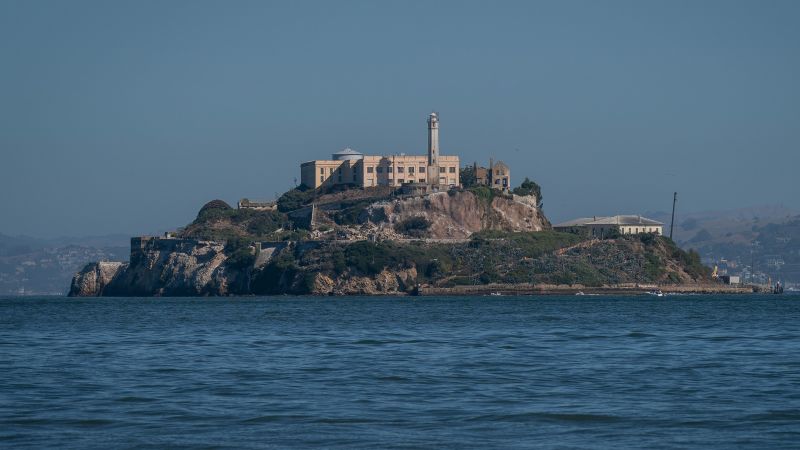Breaking: Trump Proposes Alcatraz Revival as Hardline Solution for Dangerous Criminals

In a bold and controversial move, President Donald Trump has announced plans to resurrect the legendary Alcatraz Island prison, once known as "The Rock," promising to transform the historic site into a high-security facility for the nation's most dangerous criminals. Through a social media post on Sunday, Trump declared his intention to direct the Bureau of Prisons to rebuild and reopen the infamous island prison, positioning it as a ultimate containment solution for what he termed "America's most ruthless and violent offenders."
The proposal has already sparked intense debate among legal experts, criminal justice reformers, and political commentators, who are questioning both the practical and symbolic implications of reviving the notorious prison that was shuttered in 1963. Alcatraz, located in San Francisco Bay, has long captured the public imagination as a symbol of maximum-security imprisonment, having once housed notorious criminals like Al Capone and George "Machine Gun" Kelly.
While specific details of the plan remain unclear, Trump's announcement suggests a return to a more punitive approach to criminal justice, potentially signaling a significant shift in federal incarceration strategies.
